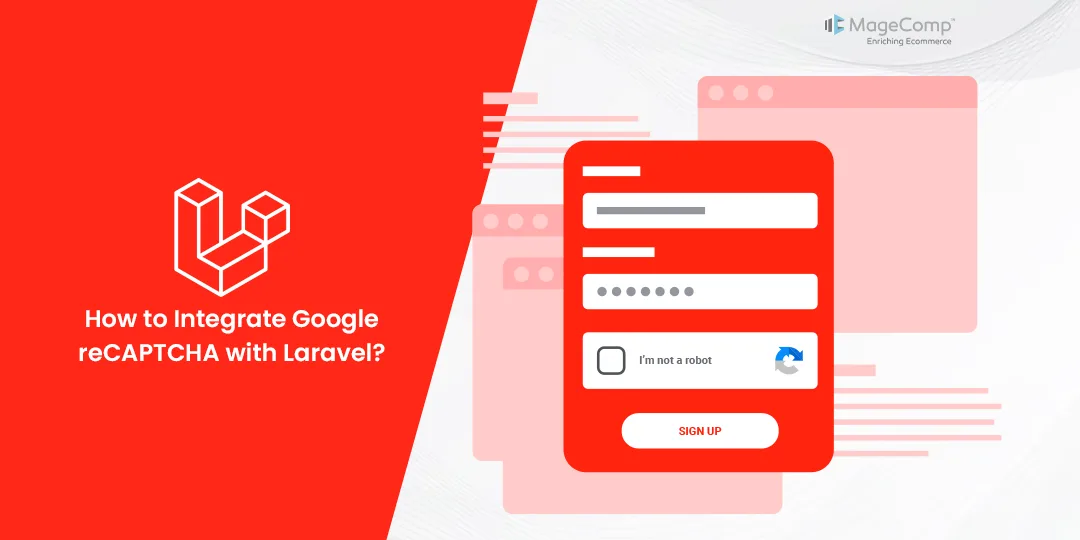Hello Laravel Friends,
In today’s digital age, ensuring the security of web applications is more critical than ever. With the rise of malicious bots and automated attacks, developers must implement robust solutions to protect their systems and users’ data. One such solution is Google reCAPTCHA, a widely used service that helps differentiate between human and automated traffic. In this blog post, we’ll explore how to integrate reCAPTCHA into a Laravel application to enhance security and protect against unauthorized access.
What is Google reCAPTCHA?
reCAPTCHA is a free service provided by Google that adds an additional layer of security to web forms and login pages. It presents users with challenges, such as identifying images or solving puzzles, to verify that they are human. By implementing reCAPTCHA, developers can significantly reduce the risk of spam submissions, brute-force attacks, and other forms of malicious activity.
Getting Started
Before integrating reCAPTCHA into our Laravel application, we need to obtain API keys from Google. Follow these steps to get your reCAPTCHA keys:
Sign up for reCAPTCHA:
Visit the Google reCAPTCHA website and sign up for an account if you haven’t already done so.
Register your site:
After signing in, register your website or application to obtain your Google reCAPTCHA Site Key and Secret Key.
Check out the step-by-step guide to get the Google reCAPTCHA Site Key and Secret Key.
Integrating Google reCAPTCHA in Laravel
Now that we have our reCAPTCHA keys, let’s proceed with integrating it into our Laravel application.
Step 1: Install the Google reCAPTCHA package
We’ll use the “anhskohbo/no-captcha” package to integrate reCAPTCHA into our Laravel application. Install the package via Composer:
composer require anhskohbo/no-captcha
Step 2: Add reCAPTCHA keys to the environment configuration
Open your .env file and add your reCAPTCHA Site Key and Secret Key:
NOCAPTCHA_SITEKEY=your-site-key NOCAPTCHA_SECRET=your-secret-key
Step 3: Add reCAPTCHA to your forms
Add reCAPTCHA to your forms by including the reCAPTCHA widget and verifying the user’s response in your controller.
Example Form:
<form action="/submit-form" method="POST">
@csrf
{!! NoCaptcha::renderJs() !!}
{!! NoCaptcha::display() !!}
<button type="submit">Submit</button>
</form>
Example Controller:
use Illuminate\Http\Request;
public function submitForm(Request $request)
{
$request->validate([
'g-recaptcha-response' => 'required|captcha',
// Add your other form validation rules here
]);
// Process the form submission
}
Conclusion:
Implementing reCAPTCHA in your Laravel application is a simple yet effective way to enhance security and protect against automated attacks. By following the steps outlined in this blog post, you can easily integrate reCAPTCHA into your forms and significantly reduce the risk of spam and abuse. Remember to keep your reCAPTCHA keys secure and regularly monitor your application’s security to ensure continued protection against threats. With reCAPTCHA in place, you can provide a safer and more secure experience for your users.
Apart from Laravel application, you can enable reCAPTCHA for Magento store and Shopify store.
Happy Coding!












